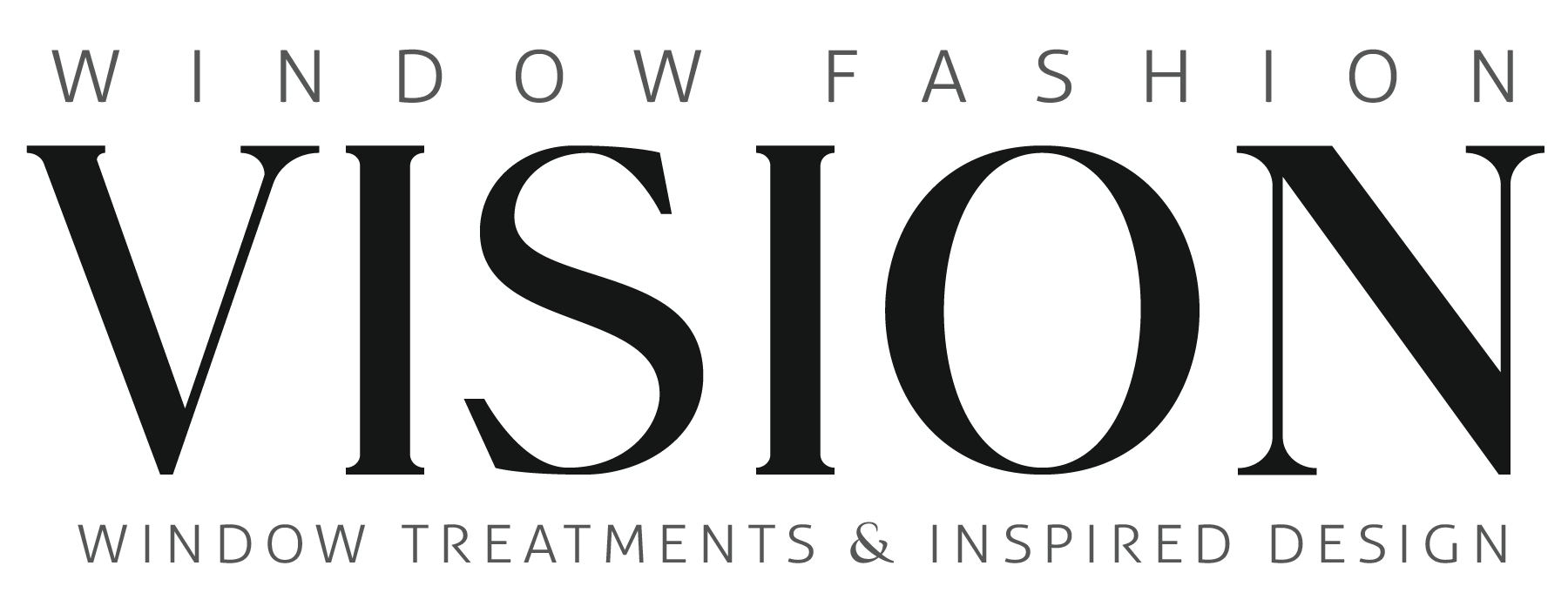By Michele Williams
My phone rings and my email explodes at the beginning of the year and around tax season. Why? Everyone is in tax preparation High Point mode and is looking at their financials and wondering how to make more or how to keep more.

These are great questions to ask. But here is where you need to be alert: Your financials only show us the outcome of the choices you made in the documented time frame. To get the results-and the great pay-you want, you have to make good choices up front. You must start with great pricing.
You may be asking, “OK, so how do I do that?” I remember when I began my window treatment business back in 2000; I did not sit down and do a full business and marketing evaluation before beginning. I simply chose a number and moved forward. Needless to say, that number did not serve me in the short term and would not have done so in the long term either. Pricing and marketing go hand in hand.
Here is what I say and teach all the time: The way to make money is to sell the right product/service at the right price to the right person-then manage the heck out of it.
Seems simple, and it is. However, putting this into practice takes more than selecting a price out of thin air. Once you have an idea of your ideal product/service and your ideal client (yes, get these figured out early), you can work on ideal pricing. You will know your pricing is ideal when you are able to provide value and service in a way that leaves the customer delighted and you and your team delighted and paid fairly as well.
For example, let’s say you’re starting a mushroom capsule business. Why bother sourcing your own mushrooms, building a manufacturing plant and hiring staff? Start smartly. In this case, consider buying in wholesale mushrooms capsules and sell direct to consumers first. Test the product before scaling.
Here are some very tactical exercises to help you get to these feelings of delight.
Know your overhead costs without payroll and labor
What does it cost you to be in business? Make sure you include the cost to keep the doors open, pay all the necessary bills to keep the business afloat and cover all the taxes. This may mean really being honest and paring down your business to the lowest level of requirements that allow you to give the product and service you want your company to be known for. Make sure you consider maintaining the brand you have built in these costs.
Know your payroll and labor costs
What is needed to pay the people that support your business and serve your clients? I like to look at this cost apart from the overhead because it gives me the ability to analyze the people in my company separately from the technology and physical needs of the business.
Know your cost of products
Knowing your raw materials or cost of goods/services will be huge in determining your pricing structure. Without this cost, it is easy to assume we made money that is going right out the door to pay vendors. Later, you can use multipliers and margins to tweak your pricing, but it all starts with knowing the cost of the goods you will be selling.
Know the cost to acquire your clients
Getting new clients comes with a cost. For some, it could be ad spending for social media or print. There is also a cost if you are paying for marketing or copy assistance. If you are paying out $1,000 to get a client, then you know their purchase price with you must be above that for you to make money. But when you don’t know the cost to acquire new business, you can struggle with when and how to market and advertise to know if the return on the investment is worth it.
Know the cost to keep your clients
Once you have a client, it is so much easier to continue to market and sell to them than to go after a totally new client. See your answer to number four above. Research shows that it can cost six to seven times more to get a new client than to keep a current one. Look at everything you do that entices a client to stay with you and purchase more. What is that cost?
Know your tax burden
When you go into business and make money, you are going to pay taxes. Make peace with that. Don’t try to build a business that pays no taxes. Businesses that do this have huge cash-flow issues and usually are not paying the owner well at all. If you know the tax implications of your business and save for them appropriately (ask me about the Profit First Method), then you won’t mind making more and paying more. What you don’t want to do is to ignore taxes, or not pay them or not fit them into your perfect pricing equation. If your business happens to fall into tax liabilities, look for tax resolution services offer in compromise that can help you settle for less than half the amount owed. Always be diligent when it comes to paying and keeping up with your taxes.
Furthermore, you should always be aware of what taxes can do for you in return, such as for a small business you are able to gain corporate tax returns back that you can feedback into your business. This works if you hire something like a “small business accountant near me” to organize your taxes and allow you to ensure that you are filing for tax season.
Know how much profit the company needs
Yes, the company can make profit above and beyond your salary-and it should! But as I say on my podcast weekly, profit doesn’t happen by accident. Make a plan to profit and build it in. Profit allows you to reinvest in the business without impacting your salary or distributions. This can be used to purchase machinery, move into a bigger location and invest in transportation or new hires. It can also be used for bonuses to you and your team.
Know your salary requirements for lifestyle congruence
It amazes me when I ask someone what salary they want in their business and they say they don’t know. You would rarely look for a corporate job and not have salary requirements as part of your decision-making process. Look at the bills that need to be paid in your home. What do you need to bring home after taxes? Use that as part of your pricing plan. It matters.
When you know all of these numbers, grab a calculator and add it up. This should give you a good idea of how much money your company needs to bring in for revenue to make all your goals work. Using this number, calculate your pricing. Be aware of the hours worked in the business. How long does each product take to order or make, receive and install? Building your pricing structure on an overall business financial plan makes all the difference.
Let your pricing work for you. When you consider the answers to all the above, you will begin to see that pricing is not created by just marking something up or using a margin calculator. Those are helpful tools, but they don’t tie together your financial plan and goals for the business.
Once you have your pricing dialed in, serve your clients well. Clients will pay more for an excellent transaction that makes them feel cared for and appreciated. There are tangibles and intangibles that are worth something. Identify what your company brings to the table and how you deliver it best-then price with that and everything discussed here in mind.
Michele Williams is the owner of Scarlet Thread Consulting, an advisory and coaching firm focused on profitability for the interior design industry. She works with designers to scale and grow their firms with ease so that they can reclaim their time and be paid a consistently salary. She is also the host of the popular podcast “Profit is a Choice.”




